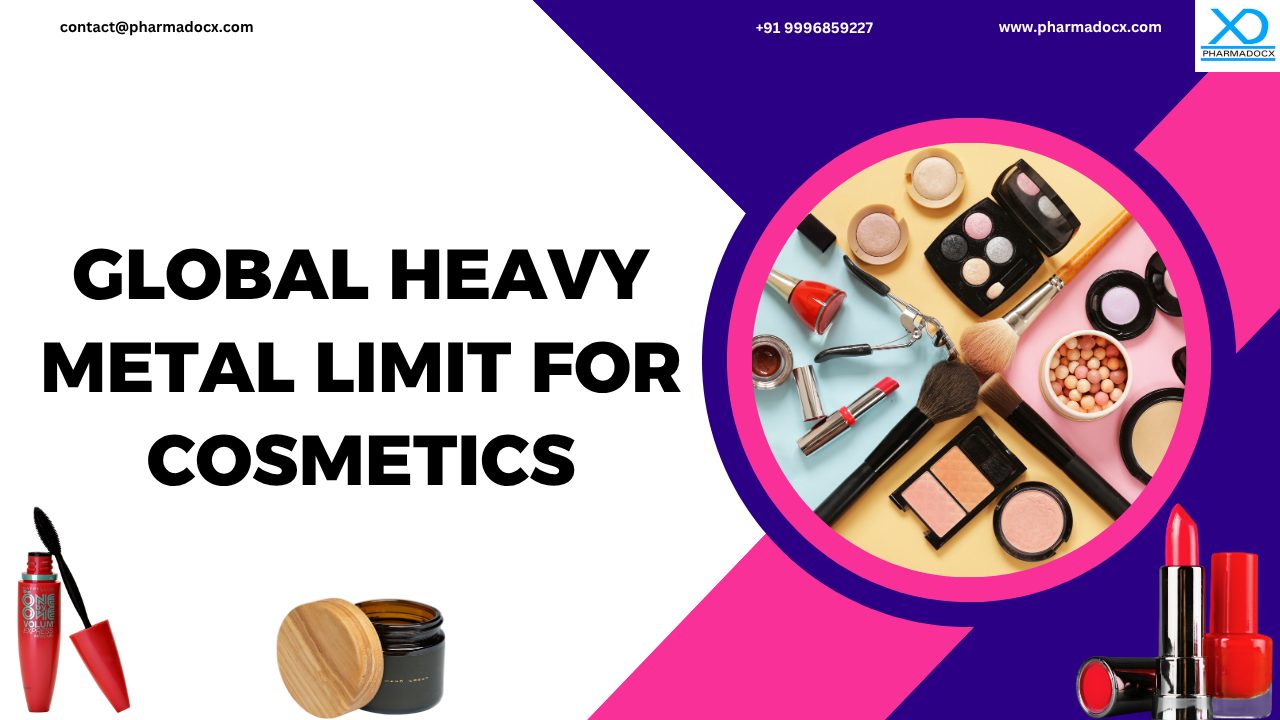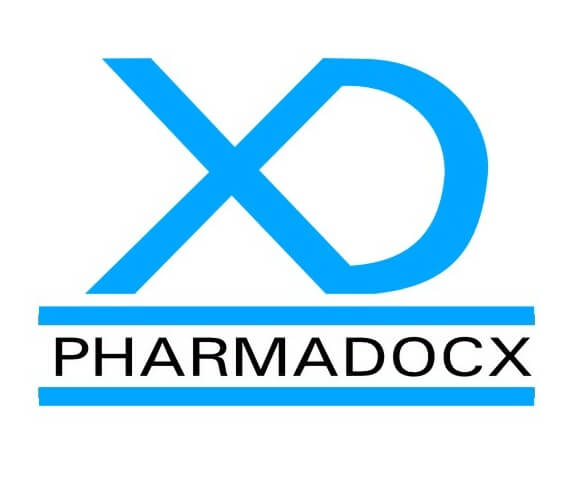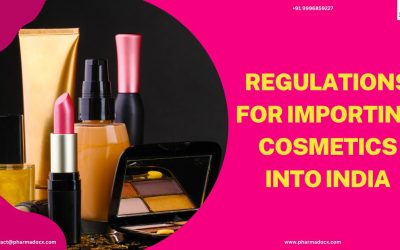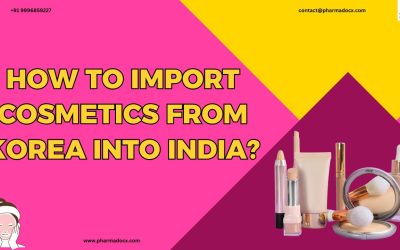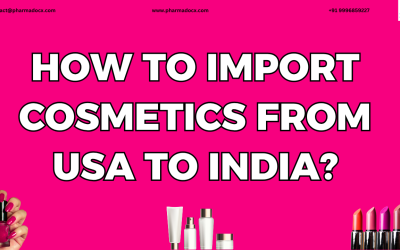Heavy metals, such as lead, mercury, arsenic, cadmium, and antimony, are considered toxic contaminants in cosmetics. While some may occur as unavoidable impurities due to environmental ubiquity, worldwide regulatory bodies enforce limits to mitigate health risks. To safeguard consumer health, regulatory authorities across jurisdictions enforce strict controls on heavy metal levels in cosmetics. Hence, permissible heavy metal limit for cosmetics has been prescribed for finished cosmetic products across major global markets. Herein, we have presented industry best practices and pro tips to comply with global regulations for heavy metal in cosmetics.
Heavy metals in cosmetic products
Heavy metals are naturally widespread in the environment and may inadvertently enter cosmetic products. Historically, compounds, such as thimerosal (mercury) and lead acetate, were intentionally used in cosmetics for preservation, pigmentation, or as reaction catalysts in chemical synthesis.
Nowadays, these substances are primarily considered unintended impurities. They are commonly referred to as elemental impurities in both raw materials and finished cosmetic formulations.
Certain elements, like iron, zinc, and cobalt, are biologically essential at trace levels, while others, such as silver and indium, are considered relatively non-toxic. In contrast, non-essential heavy metals, including lead, cadmium, mercury, arsenic, antimony, and nickel, pose significant health risks regardless of exposure route. These substances are associated with carcinogenicity, reproductive and developmental toxicity, and environmental persistence due to bioaccumulation. Hence, regulatory bodies across the globe have formulated heavy metal limit for cosmetics.
Common heavy metals of concern
- Lead (Pb): Neurotoxic, especially harmful to children and pregnant women.
- Mercury (Hg): Linked to kidney damage and neurological disorders.
- Arsenic (As): Carcinogenic, with chronic exposure risks.
- Cadmium (Cd): Associated with kidney and bone damage.
- Antimony (Sb): Can cause skin and respiratory irritation.
Adverse health effects of heavy metals in cosmetics
We have highlighted some of the common adverse health effects of heavy metals in cosmetics.
- Neurotoxicity: Lead and mercury are potent neurotoxins. Chronic exposure can impair cognitive development, memory, and motor function, especially in children and pregnant women.
- Carcinogenicity: Arsenic, cadmium, and nickel are classified as carcinogens. Long-term exposure may increase the risk of skin, lung, and internal organ cancers.
- Reproductive and developmental toxicity: Lead, mercury, and arsenic can disrupt fetal development and reproductive health. They are often linked to miscarriages, birth defects, and hormonal imbalances.
- Dermal effects: Nickel, cobalt, and chromium are common sensitizers. They can cause allergic contact dermatitis, rashes, and chronic skin irritation.
- Nephrotoxicity and hepatotoxicity: Cadmium and mercury can accumulate in kidneys and liver. They may lead to renal dysfunction, proteinuria, and liver damage over time.
- Cardiovascular and endocrine disruption: Lead and arsenic have been linked to hypertension, heart disease, and endocrine disorders. They may interfere with thyroid function and metabolic regulation.
Global heavy metal limit for cosmetics: Regulatory frameworks
- United States: FDA has specific heavy metal limit for cosmetics. No more than 10 ppm of lead in externally applied cosmetics and lip products is permitted. Moreover, no more than 20 ppm of lead in color additives is permitted. Additionally, ≤1 ppm of mercury in other cosmetics if its presence is unavoidable. Furthermore, no more than 3 ppm of arsenic in color additives is allowed. Notably, state-level legislation (e.g., California, New York, Illinois) also imposes limits. California Proposition 65 lists lead and mercury as reproductive toxins. New York and Illinois are considering bans and stricter thresholds for ingredient impurities.
- Canada: Health Canada acknowledges heavy metal impurities as unavoidable but mandates removal wherever technically feasible. Cosmetic products must not contain heavy metals as intentional ingredients unless permitted (e.g., iron oxides in colorants).
- European Union: EU Cosmetics Regulation (EC) No. 1223/2009 prohibits substances classified as carcinogenic, mutagenic, or reprotoxic (CMR), including heavy metals. Trace levels are tolerated, only if technically unavoidable and safe for human health. Product Information File (PIF) must document impurity levels and safety assessments.
- India: CDSCO aligns with BIS standards (IS 4707 Part 2), which restrict heavy metals in colorants and finished products. Maximum permissible limits for lead, arsenic, and mercury have been defined (e.g., lead ≤ 20 ppm in colorants).
- Other Jurisdictions: ASEAN Cosmetics Directive similar to EU prohibits intentional use and requires safety justification for trace impurities. In China, National standards specify limits for lead (≤ 10 ppm), arsenic (≤ 2 ppm), and mercury (≤ 1 ppm) in cosmetics.
Industry best practices for heavy metal control in cosmetics
To launch your product in a regulated market, you have to comply with the industry heavy metal limit for cosmetics. We have outlined the industry best practices for heavy metal control in cosmetics.
1. Raw material risk profiling
- Categorize raw materials by likelihood of heavy metal contamination (e.g., mined minerals, botanical extracts, synthetic compounds).
- Track the geographic source of minerals (e.g., mica, iron oxides) to anticipate regional contamination risks.
2. Advanced analytical testing
- Use Inductively Coupled Plasma Mass Spectrometry for ultra-trace detection (ppb level), especially for lead and mercury.
- Validate methods for each product type (e.g., creams vs. powders) to ensure accuracy and recovery.
3. Regulatory requirement integration
- Align internal specifications with the strictest regional limits (e.g., China’s ≤10 ppm lead) to future-proof formulations.
- Maintain a dynamic repository of impurity specs, test results, and regulatory thresholds by region and product type.
- Monitor emerging state-level legislation (e.g., NY, IL)
4. Toxicological risk assessment
- Calculate Margin of Safety for trace metals using worst-case exposure scenarios.
- Consider cumulative exposure across product categories (e.g., lipstick + foundation) for vulnerable populations.
- Reference authoritative toxicology opinions to support safety substantiation.
5. GMP + QMS Integration
- Embed impurity thresholds, testing frequency, and CAPA triggers into SOPs.
- Necessitate impurity re-evaluation for supplier changes, formulation tweaks, or packaging interactions.
- Include heavy metal control as a dedicated audit theme with traceability checks and deviation logs.
6. Supplier partnership and audits
- Rate suppliers on impurity transparency, testing rigor, and responsiveness.
- Collaborate on impurity reduction strategies (e.g., alternate sourcing, purification steps).
- Ensure suppliers maintain method validation reports, batch-level impurity logs, and corrective action records.
7. Digital traceability and automation
- Link impurity test results to batch records and QMS workflows.
- Use predictive analytics to flag impurity spikes or supplier drift.
- Have a dashboard in place to visualize impurity trends across SKUs, regions, and suppliers for executive oversight.
10 Pro tips for compliance with global regulatory heavy metal limit for cosmetics
- Harmonization across jurisdictions: Adopt the strictest limit as internal benchmark for heavy metal limit for cosmetics. Use China’s ≤10 ppm lead or Canada’s ≤3 ppm mercury as default specifications to avoid reformulation across markets. Thus, design “global-ready” products with impurity specifications that meet all target markets to reduce modification required to meet different regulatory requirements.
- Toxicological justification: Include MoS calculations and aggregate exposure modelling to defend trace levels.
- Change control triggers: Define impurity-related thresholds that require dossier updates (e.g., supplier switch, new test method, batch deviation).
- Method harmonization: Standardize ICP-MS protocols across labs to ensure consistent detection limits and comparability.
- Validate methods: Validate methods for each product type (e.g., powders vs. emulsions) to ensure regulatory defensibility.
- Audit triggers: Initiate supplier audits for impurity spikes, or regulatory alerts.
- Impurity dashboarding: Visualize impurity trends across products, suppliers, and regions for proactive risk management.
- Strategic timing: Align dossier submissions with regulatory cycles.
- Training and awareness: Educate teams on regional impurity thresholds, toxicological rationale, and dossier expectations.
- Executive buy-in: Present impurity risk maps and compliance dashboards to leadership for strategic decision-making.
Therefore, for a hassle-free market entry, your product must comply with regulatory heavy metal limit for cosmetics. Need help understanding the heavy metal-wise limit for different regulatory markets? Our team will be more than happy to guide you. Shoot your queries at [email protected] or call/Whatsapp on 9996859227.

